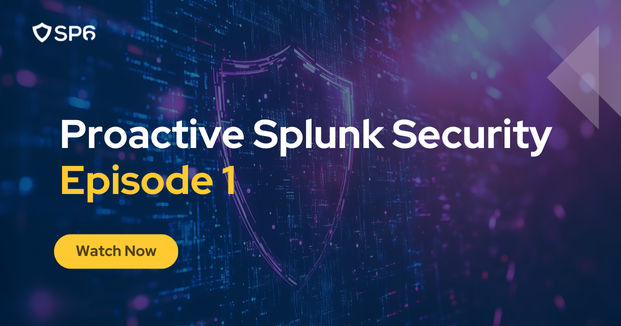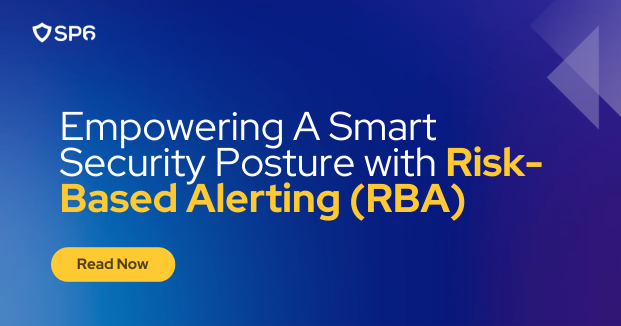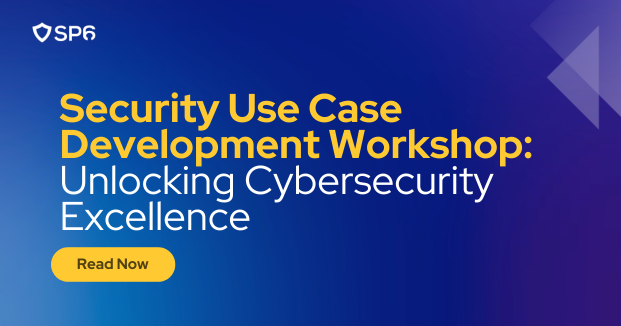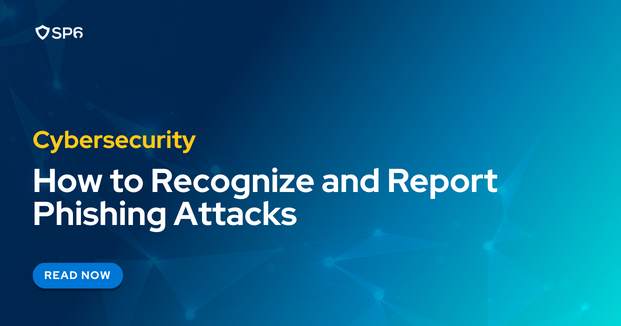Check out our latest whitepaper on all things maximizing Splunk value. Written by our Director of Splunk PS Security, we address the biggest SIEM challenges users commonly face—and how to solve for them. Utilizing our 8-level treatment model, this methodology targets inefficiencies holding your Splunk environment back from maximum output and performance. Give it a […]
There’s only one way to master Splunk security, and that’s by being proactive. When it comes to managing your environment, regular maintenance and upkeep is a must. But how exactly can you do that? Our Director of Splunk Security Professional Services, Shwan Alatoshi, has put together a brand-new series—Proactive Splunk Security. Our first episode, Simulate. […]
Investing in cutting-edge security tools is an essential step toward building a strong cybersecurity posture. Tools like Splunk, for example, are equipped with powerful detection, monitoring, and analytics capabilities. However, even the most sophisticated systems require consistent testing and validation to ensure they operate as intended and remain effective. In this blog, we’ll take a […]
In an era defined by digital innovation and interconnectedness, the landscape of cybersecurity continues to evolve at a rapid pace. As best practices like Risk-Based Alerting (RBA) aid organizations in navigating complex threat landscapes and digital transformations, mastering effective strategic approaches to cybersecurity becomes paramount. At SP6, we not only provide cutting-edge cybersecurity consulting leveraging […]
At SP6, we understand the critical importance of proactive cybersecurity measures, which is why we offer the Security Use Case Development Workshop—a tailored program designed to empower organizations with the right path toward their highest security maturity journey. In today’s digital landscape, where cyber threats continue to evolve in sophistication and frequency, organizations are […]
Phishing is one of today’s largest cybersecurity threats. With 90% of data breaches tracing back to a phishing email, it’s crucial that members of your organization don’t fall victim. In this article, we’ll provide a comprehensive guide on how you can stay safe from phishing attacks. We’ll break down what exactly phishing is, how it […]
UBA, User Behavior Analytics, is a Premium Splunk App that leverages machine learning technologies, to secure an organization from insider threats while also providing outsider threat monitoring and alerting capabilities. In this blog we will cover frequently asked questions around UBA and its functionality.
During your SIEM journey there will be many terms thrown your way, understanding those terms is absolutely essential when it comes to your security environment. In this article, we will bring clarity to one of the more important terms in SIEM, CIM (Common Information Model) Lets Start with the Basics!







